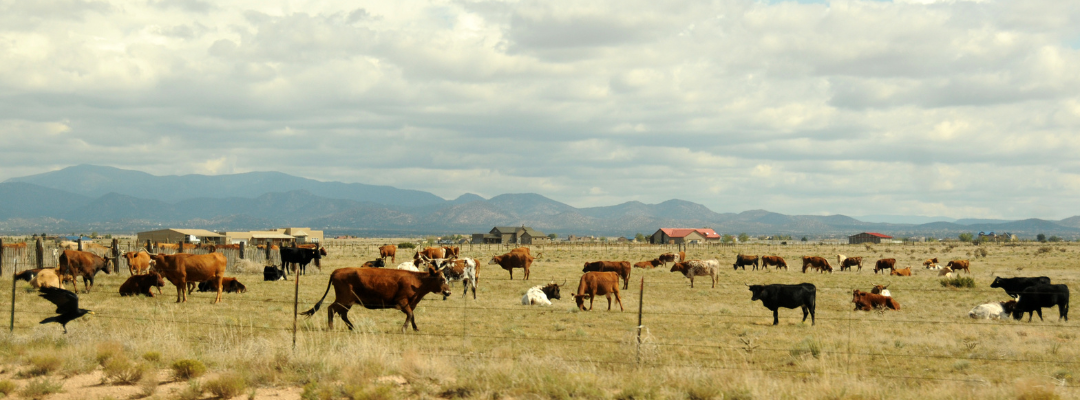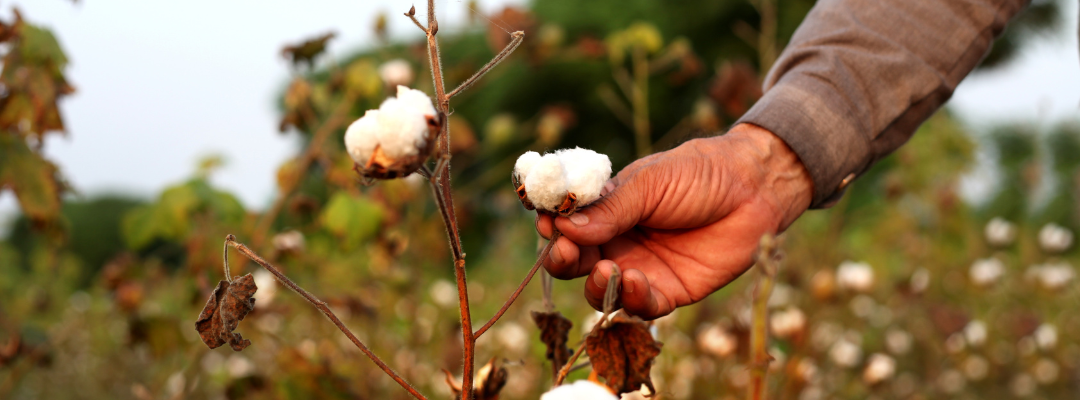In June, the Federal Crop Insurance Corporation (“FCIC”) published a final rule amending the basic policy provisions of the federal crop insurance program. See 87 Fed. Reg. 38883 (June 30, 2022). Specifically, the rule brings more flexible production record requirements for producers obtaining crop insurance. Before this rule, producers were generally required to provide production records from disinterested third parties—such as sales receipts, storage records, or settlement sheets—or obtain a pre-harvest appraisal to verify their actual crop production to support their production report. The reports are submitted to an insurance provider to obtain insurance coverage, report annual production, and file loss claims.
However, not all producers have third-party records. For example, producers that are vertically integrated or market their insured crop directly to consumers do not use an intermediate party to store or sell their crop, eliminating access to these types of records.
In response, the rule incorporates new recording procedures, allowing producers to support their production report with farm management records; or records documenting the actual production “at the time of harvest, storing of the crop, or use of the crop for feed.” 7 C.F.R. § 457.8, Section 1. In other words, producers may be permitted to use some of their own records when generating required reports.
Further, the rule adopts a new section addressing situations for producers without either third-party production records or an intention to direct market their crop. These producers must notify their insurance provider or FCIC and complete a marketing certification form. Id. at Section 38(a). The goal of this section is to encourage producers without verifiable records to discuss available records with their insurance provider in advance, with the goal of decreasing pre-harvest appraisals.
This amendment is applicable for the 2023 and subsequent crop years for crop insurance policies with a change date on or after June 30, 2022. For all other crops, the final rule revisions are applicable for the 2024 and subsequent crop years.
Brown, Micah. “Amendments to the Federal Crop Insurance Basic Provisions“. Southern Ag Today 2(37.5). September 9, 2022. Permalink









